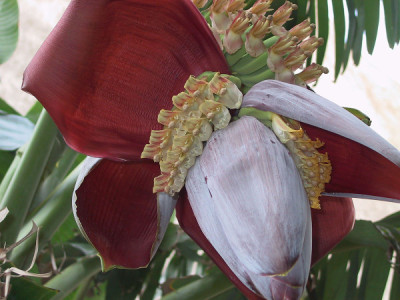Detailed Notes
In Assam, Koldil is often cooked as a stir-fry with potatoes and black gram, prepared with fish for a hearty curry, or paired with lentils for a wholesome vegetarian dish. Its slightly bitter yet earthy taste blends well with minimal spices, reflecting the Assamese preference for fresh, natural flavors.
Beyond its culinary appeal, Koldil is rich in fiber, iron, potassium, and antioxidants, helping improve digestion, boost immunity, and regulate blood sugar levels. In traditional Assamese households, it is also believed to have health benefits for women, especially in postnatal recovery.
Koldil dishes are a prime example of Assamese resourceful cooking, where almost every part of a plant is used in the kitchen. From rural homes to urban kitchens, banana flower remains a symbol of nutritious, sustainable, and culturally rooted Assamese food traditions.
